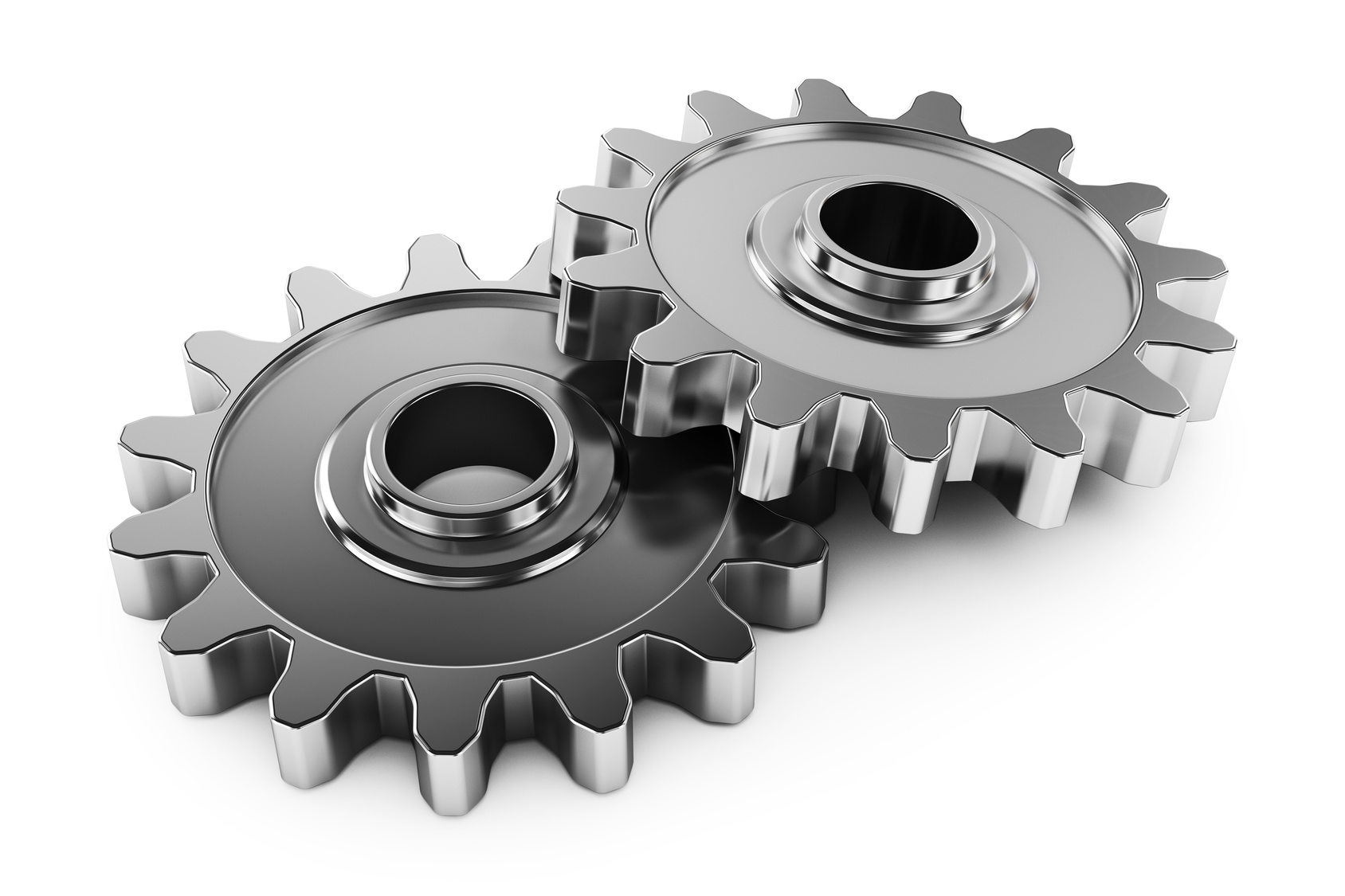Spur Gear Manufacturer Services
are the most common form of gears that transmit motion between two parallel shafts. Since the tooth surfaces of the gears are parallel to the axes of the mounted shafts, there is no thrust force generated in the axial direction. Also, because of the ease of production, these gears can be made to a high degree of precision.
The unit to indicate the sizes of spur gears is commonly stated, as specified by ISO, to be “module”. In recent years, it is usual to set the pressure angle to 20 degrees. In commercial machinery, it is most common to use a portion of an involute curve as the tooth profile.
Even though not limited to spur gears, profile shifted gears are used when it is necessary to adjust the center distance slightly or to strengthen the gear teeth. They are produced by adjusting the distance between the gear cutting tool called hobbing tool and the gear in the production stage. When the shift is positive, the bending strength of the gear increases, while the negative shift slightly reduces the center distance. The backlash is the play between the teeth when two gears are meshed and is needed for the smooth rotation of gears. When the backlash is too large, it leads to increased vibration and noise while the backlash that is too small leads to tooth failure due to the lack of lubrication.
All Gears & Winches spur gears have involute tooth shape. In other words, they are involute gears using part of the involute curve as their tooth forms.
Looking generally, the involute shape is the most wide-spread gear tooth form due to, among other reasons, the ability to absorb small center distance errors, easily made production tools simplify manufacturing, thick roots of the teeth make it strong.


